If you look at the datasheet, you'll see a spec called the 'DC forward voltage'. This is the voltage that the LED needs to operate, and the voltage across the LED will always be either zero, negative (upto -5V, where it reaches reverse breakdown), upto 1.6 volts, where is isn't conducting, or 1.6 volts, which is the only condition where the LED is actually operating and emitting light. This derives directly from the standard characteristics of any Diode, the LED being an example of it. Whatever voltage you apply across a diode greater than the diode forward voltage, the diode will act as a short circuit between the voltage at the diodes anode and the (cathode+forward voltage). As per ohms law, this means an infinite current can flow through the diode (in first approximation kind of theory). The resistor which you use in series normally allows an LED to function by causing the voltage to drop from the source voltage (3 volts in your case) to the required (1.6V). In doing so, it also sets the current through the LED as per ohms law, ie, I = (3.0-1.6)/R.
By not having a resistor,your circuit is producing the necessary voltage drop using the resistance it has available to it, ie, the resistance of the wire and the internal resistance of the battery. This means 2 things. First, this is unhealthy for the battery, and the battery will heat up due to joule dissipation. Secondly, the current through the LED is higher than it can tolerate.
If you look at the datasheet again, you'll see a spec for the Absolute Maximum of 100mA. Its usually a good idea to not test absolute maximum ratings, so you should make sure that your resistors set the current at something less than that, say 90 mA. If you're application calls for pulsed operation, you can look at the pulsed current rating instead. Usually this is specified for less than 50% duty cycle so that the LED has time to cool.
Note that if you use resistors to cause the required voltage drop, then you'll be wasting energy which is dissipated from the resistor. This is the hallmark of any linear regulation mechanism. You can calculate the dissipation from the joule heating formula of P=VI. It's generally best to use one resistor per LED since each lED may have a slightly different forward voltage. Also, the resistive dissipation is then distributed between the many resistors.
You can avoid this waste of energy using a switching supply. The goal would be to supply the LEDs at exactly the voltage they need (1.6V) and the current you need per your illumination requirements. There are a number of LED driver ICs available which do this, and other answered questions related to LED driving.
